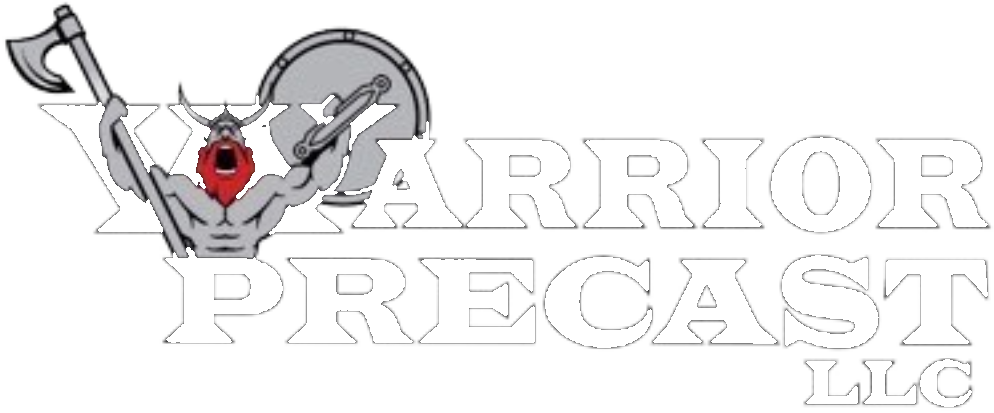Enhancing Safety with Fire-Rated Precast Walls
In construction, ensuring fire safety is paramount, especially in residential and commercial buildings. Precast concrete walls offer superior fire-rated qualities, making them an ideal choice for safety-conscious builders. These walls not only enhance security but also provide builders with peace of mind knowing their structures are well-protected against fire hazards.
Benefits of Concrete Firewalls in Building Design
Precast concrete firewalls are specially engineered to withstand high temperatures without compromising structural integrity. They offer a robust barrier against fire spread, safeguarding occupants and minimizing property damage. With fire ratings that often exceed code requirements, these walls are essential in multi-story buildings, schools, and healthcare facilities where fire safety standards are critical.
Technical Advantages of Precast Fire-Rated Walls
- Heat resistance: Maintains integrity under prolonged exposure to flames.
- Durability: Withstands environmental wear and tear alongside fire exposure.
- Design flexibility: Adaptable for various architectural needs with customizable fire ratings.
- Compliance: Meets rigorous UL fire rating standards 【10:2†source】.
Precast Walls Vs. Traditional Firewalls
Unlike traditional masonry or gypsum-based firewalls, precast concrete walls provide a seamless, monolithic structure that reduces weaknesses present in jointed assemblies. This construction method minimizes pathways for smoke and fire, enhancing overall safety.
Integrating Fire-Rated Precast Walls in Modern Construction
For contemporary builders, the integration of fire-rated precast walls in designs is becoming a best practice. These walls blend into modern aesthetics while maintaining critical safety functions. Precast components are pre-cured and customized to fit project specifications, ensuring a streamlined installation process that upholds timelines and budgets.
Strategies for Implementation:
- Early design integration: Collaborate with manufacturers during the planning phase to customize fire ratings and wall designs.
- Use of advanced materials: Opt for precast walls with additives that enhance heat resistance and reduce combustibility risks.
- Incorporate with other safety systems: Combine with sprinklers and smoke barriers for a comprehensive fire safety strategy.
Case Studies: Successful Use of Precast Firewalls
Projects across diverse sectors demonstrate the effectiveness of precast firewalls. One notable example is a commercial complex in Tennessee that utilized fire-rated wall panels from Warrior Precast, significantly enhancing safety measures. The project emphasized both aesthetics and functionality, showcasing the adaptability of precast solutions in meeting stringent safety requirements.
FAQs on Precast Concrete Firewalls
How are fire ratings determined for precast walls?
Fire ratings are based on tests conducted according to ASTM standards, ensuring they meet national fire safety standards.
Can precast walls be integrated into existing structures?
Yes, with careful planning and design adjustments, precast walls can be added to existing buildings to upgrade their fire safety.
What maintenance do precast firewalls require?
Generally, minimal maintenance is needed. Regular inspections ensure the structural integrity and fire resistance are preserved.
Checklist for Implementing Fire-Safe Designs
- ✅ Evaluate fire safety needs specific to your building type.
- ✅ Select appropriate fire-rated materials for walls and structures.
- ✅ Coordinate with precast manufacturers early in the design process.
- ✅ Integrate additional fire-safety systems for comprehensive protection.
For more information on optimizing fire safety in your construction projects with precast concrete walls, visit www.warriorprecast.com.
